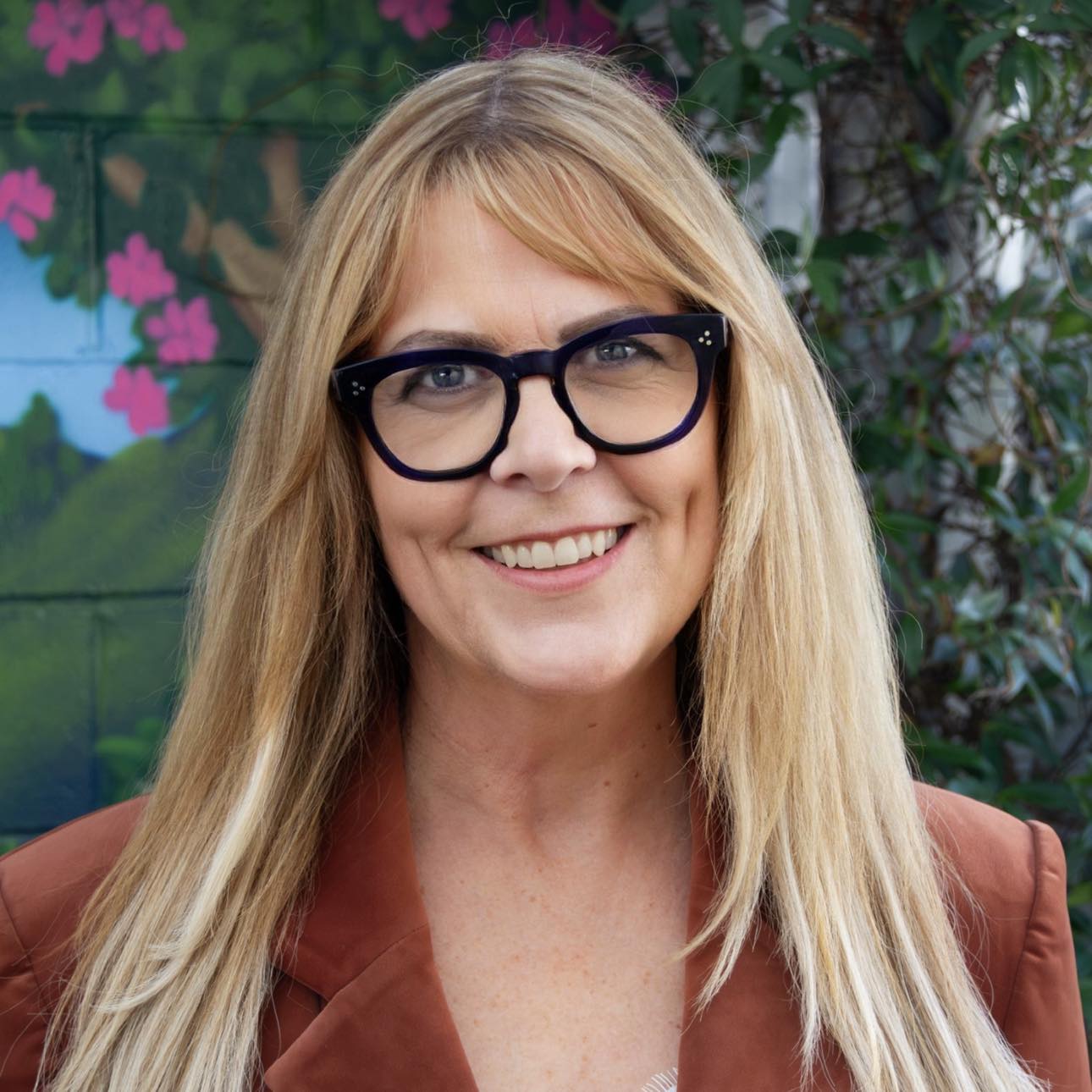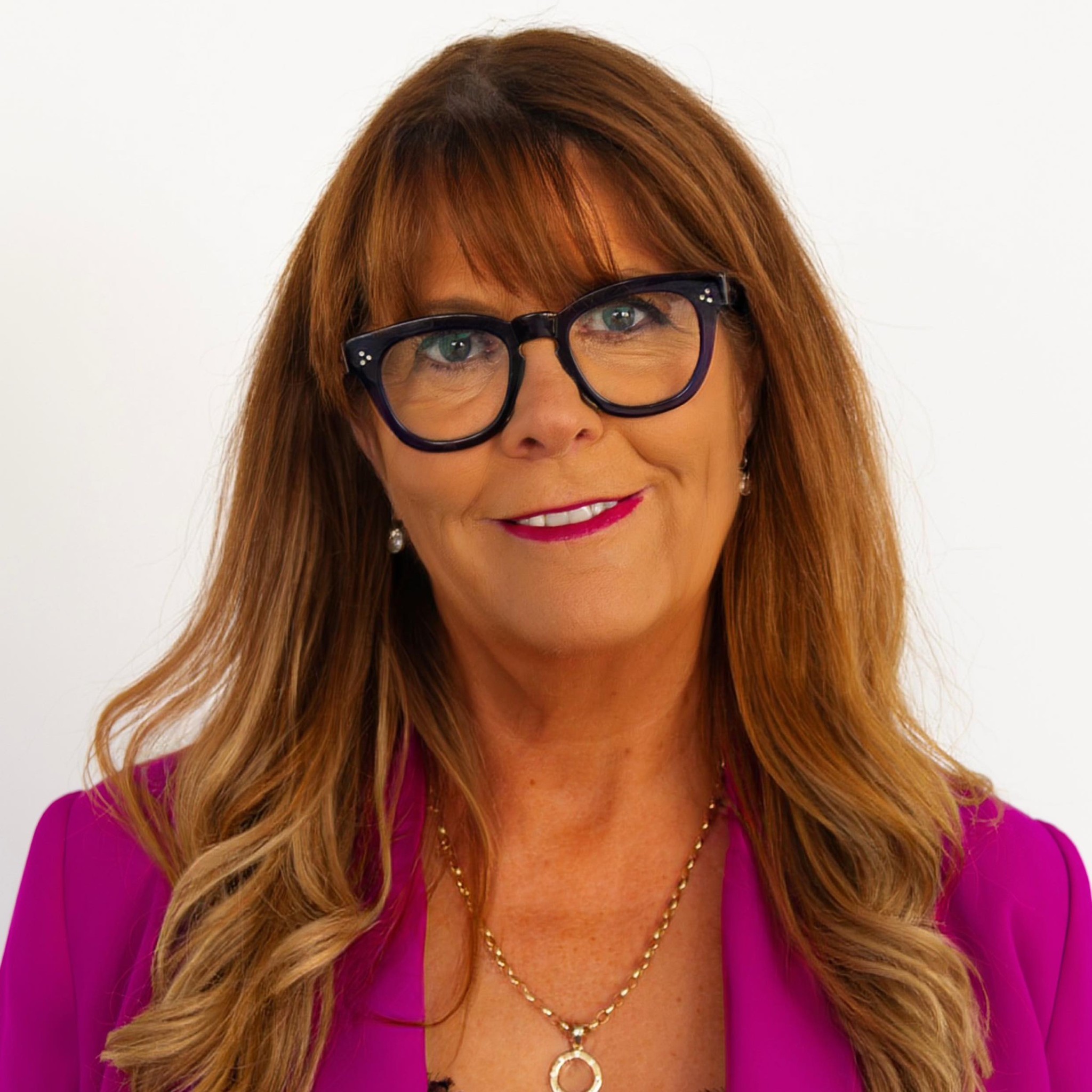
Meeting Topic
Set Aside Time to THINK! By Jennifer Myers, MBA, CBC
Introduction to Meeting Topic:
In this fortnight’s instalment for the strategy Pillar, our author dives into the 10 (YEP!) ways we can invest in THINKING TIME to positively impact our businesses.
From ‘big picture’ to ‘creative’ to ‘bottom line’, when we set aside regular time to consider HOW we do things, WHO we serve and WHY we’re special (among other things), we set ourselves up for true success and longevity.
Read the article and consider speaking to one of the 10 points in your 60-second introduction.
Set Aside Time to THINK! By Jennifer Myers, MBA, CBC
In my work as a business coach over the past decade, I have witnessed so many clients’ businesses moving forward by leaps and bounds when they begin to set aside a specific time each week to work ON their business. By working ‘ON’, I mean THINKING about your business. Not worrying about things or over-focusing on what didn’t get done today. I mean investing time to think critically about HOW you do things, WHO you serve, WHY you’re special! Thinking literally increases your value to your business and your team (if you have one). In this article, I’ll share 10 different types of thinking that we can employ when it comes to working ON our businesses – betcha’ didn’t know there were 10 different types of thinking, eh?
- Big Picture – ‘Big picture’ thinking is stepping away from the day-to-day and considering your longer-term goals and objectives. Re-visit your vision for your business. Set those annual goals and review your progress against them.
- Focused – When we set aside a distraction-free zone for ourselves, we’re helping our brains to focus on a specific task or problem. This is problem-solving time. Focused thinking can help you weigh up options and opportunities and then make the appropriate decision.
- Creative – Creative thinking involves, for example, looking at HOW you do something and considering how you can do that thing just 1% better. Creative thinking will help you come up with new and interesting topics for your fortnightly newsletter or your daily social media post.
- Realistic – Realistic thinking comes into play when we need to weigh up the IMPACT of taking a certain action. For example, ‘If I make a change to how I communicate with my clients, how will that impact on their experience?’ or ‘If I change up this piece of software, what impacts will it have in other areas of my business?’
- Possibility – Possibility thinking is ‘no-limits’ thinking! If money and time were of no consequence, what would you do in your business? What could you do if you were fearless?
- Strategic – I like to think of ‘strategic’ thinking as ‘lateral’ thinking. Making connections where connections aren’t immediately obvious. Strategic thinking comes into play when we begin to think about scaling our business, for instance. It also helps when we consider who else we need in our inner circle to help take us farther, faster in our business.
- Reflective – This is the type of thinking that allows us the time and space to ask ourselves ‘What went well this quarter? What didn’t go so well? And What can I LEARN from that?’
- Questioning – When we question the status quo, that’s a wonderful thing, because we shift ourselves our of our comfort zone. Asking ourselves WHY we do a certain thing a certain way is key for helping us try new things and dump things that aren’t working.
- Shared – Shared thinking is the ‘mastermind’ or ‘inner circle’ concept. When we have a small group of people we can bring problems and unique challenges to and discuss possible solutions, we expand our thinking!
- Bottom-Line – This type of thinking is all about how taking a certain action will impact your business’ profitability! Because let’s face it, if we aren’t profitable, we won’t be around very long! Ensure you weigh up your return on investment for each purchase, each hire or each CHANGE in your business before you jump in.
If you’d like to know more about Jennifer, check out her LinkedIn profile here OR visit her website here.
Next Meeting Topic
Introduction to Meeting Topic:
10 Steps to Get the Best Lending Approval By Rachael Thompson
In this week’s meeting topic, Rachael Thompson shares her tips for getting the best lending approval. So, read the article and consider if you could use a bit of focused attention in any of the areas mentioned before YOU go for your next home loan or top up.
Do your plans involve purchasing a home, renovations to an existing home or funding for changes in your business?
Here are my top tips to getting the best lending approval to fulfil your property dream.
MINIMISE DEBT – Short term Debt such as credit cards and personal loans can affect your ability to borrow to buy a home. Aim to repay any debt, but if that’s not possible, minimise it as much as possible to help your chances of getting a mortgage.
DEPOSIT – The higher your deposit, the lower your mortgage and therefore the cost of borrowing. Ideally you will have 20% of the purchase price, however many people are still buying first homes with less than 20%, but it costs you more to do this. An adviser can explain the differences.
BUDGET – Make a budget and stick to it. More money buys more space, but not more happiness. Ensure you don’t stretch your budget too far as you still want to have a comfortable lifestyle. Minimising your regular expenses can also assist with enabling you to get the mortgage you need.
RESEARCH / DATA – Learn the steps to buying a home before you get started. There are lots, and an adviser can help outline these for you. Data can help you make an informed decision. The ILG Mortgages team can run free reports on any properties you are interested in to assist with your decision.
THINK LOCAL – Find an agent that you connect with, who has extensive local experience and knows their market. Again, good data here can help.
TAKE YOUR TIME – Life circumstances often make people feel rushed to buy. Slow down and breathe, your perfect home may take time to find but you will find it.
CONSIDER RENOS – The Neighbourhood usually drives investment returns. If you can afford a lesser property in a more desirable neighbourhood, you may get a better return on your investment then purchasing your dream property in a less desirable neighbourhood.
PRIORITIZE / BE OPEN-MINDED – It is rare to get everything you want in one property. Think clearly about what matters most. Write your list but be willing to compromise along the way. You may buy something you didn’t expect to like. Viewing a property online can be very different to visiting it.
INSPECT – Make sure you know what you are getting into with a thorough home inspection. Take your friends, family and trade professionals to have a look. Opinions of others can make a difference, so it’s important to take your time when making such a large investment.
HAVE FUN – Buying a home should be exciting! If it is becoming a chore, it may be time to review some of the steps above and see if anything needs amending.
If you are ready to go shopping for your dream home or top up your mortgage to renovate or for business changes, check out how Rachael Thompson (the Smarter Mortgage Lady) helps her clients here: https://rachaelthompson.co.nz/
 Print This Post
Print This Post




